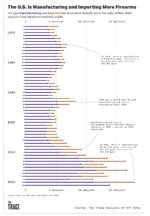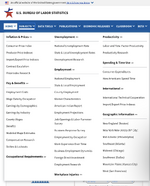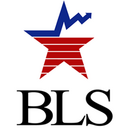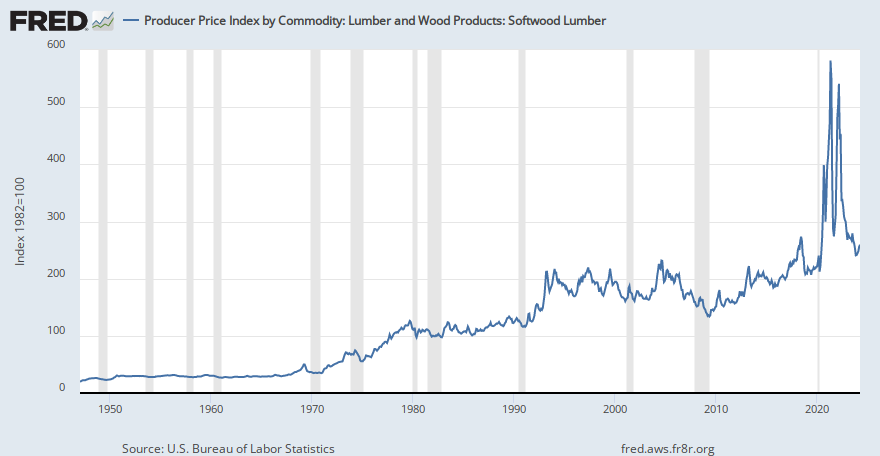CPI is an index to measure a benchmark.yes but government does not include energy and food into inflation equation- too volatile.
Expenditure items are classified in the CPI into more than 200 categories, arranged into 8 major groups. This item structure is unique to the CPI and the categories themselves do not correspond to the North American Industry Classification System (NAICS), other price indexes, or other statistics.
Eight major groups and examples of categories in each follow:
- Food and beverages (breakfast cereal, milk, coffee, chicken, wine, full service meals, snacks)
- Housing (rent of primary residence, owners' equivalent rent, utilities, bedroom furniture)
- Apparel (men's shirts and sweaters, women's dresses, baby clothes, shoes, jewelry)
- Transportation (new vehicles, airline fares, gasoline, motor vehicle insurance)
- Medical care (prescription drugs, medical equipment and supplies, physicians' services, eyeglasses and eye care, hospital services)
- Recreation (televisions, toys, pets and pet products, sports equipment, park and museum admissions)
- Education and communication (college tuition, postage, telephone services, computer software and accessories)
- Other goods and services (tobacco and smoking products, haircuts and other personal services, funeral expenses)
















